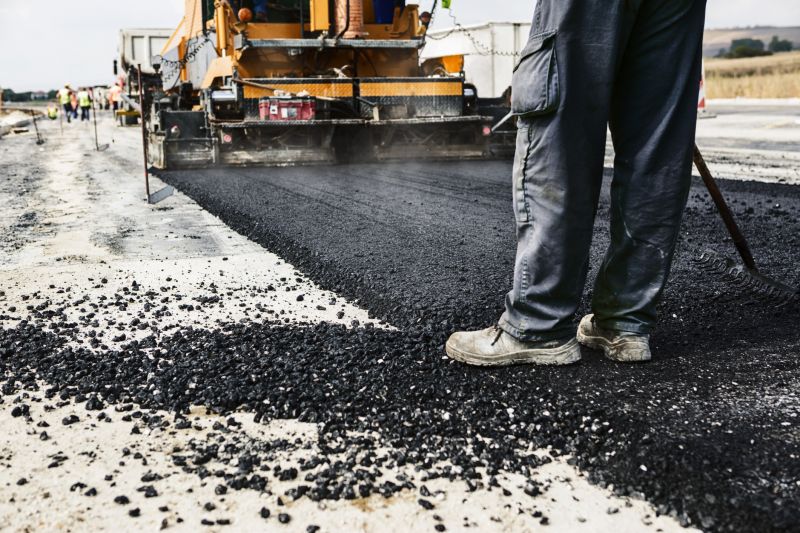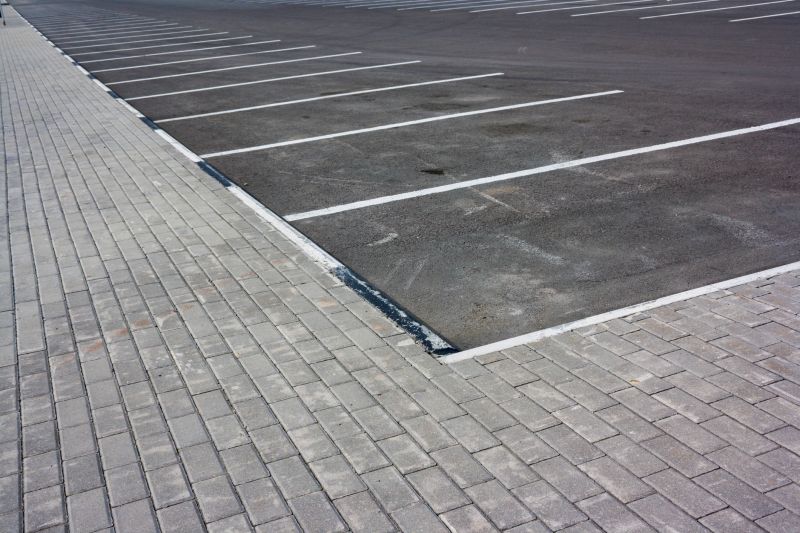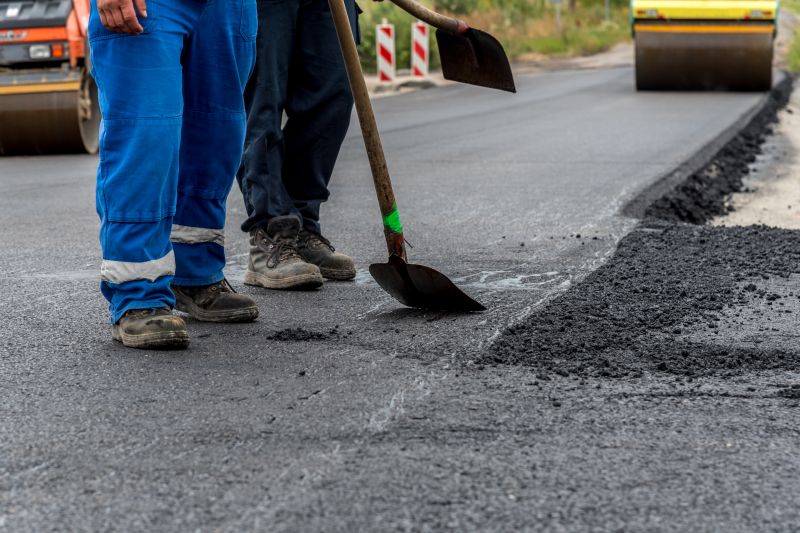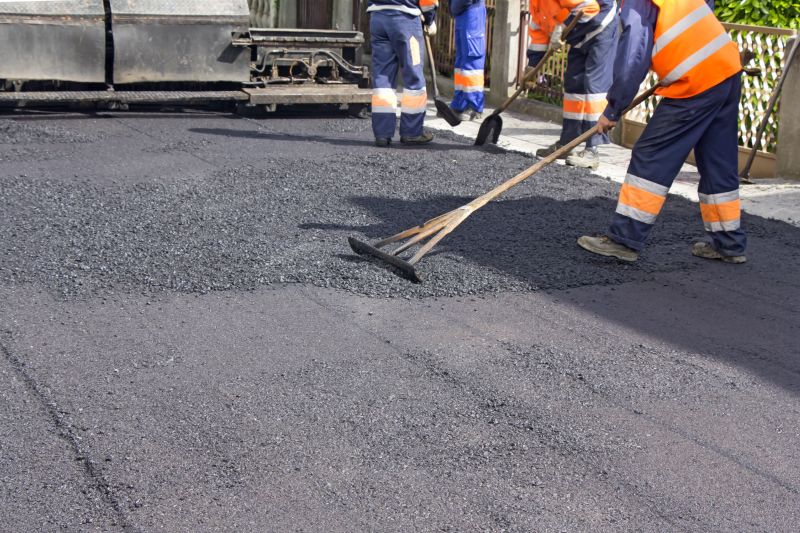Optimal Timing for Asphalt Paving
Timing plays a crucial role in achieving durable and high-quality asphalt pavements. Proper scheduling ensures optimal conditions for installation, minimizing the risk of issues such as cracking, rutting, or surface deterioration. Understanding seasonal and weather patterns can help determine the most suitable periods for paving projects.
Late spring through early fall is generally considered ideal for asphalt paving due to warmer temperatures and stable weather conditions.
Paving requires ambient temperatures above 50°F (10°C) for proper compaction and bonding of asphalt materials.
Dry weather with low humidity and no forecast of rain is essential for a successful paving process.
Cold temperatures can cause asphalt to cool too quickly, leading to improper compaction and reduced pavement lifespan.

Ideal conditions for asphalt installation with warm temperatures and dry conditions.

Spring offers moderate temperatures suitable for asphalt work, provided the weather remains dry.

Summer provides the warmest conditions, facilitating optimal asphalt compaction.

Ways to make Asphalt Pavings work in tight or awkward layouts.

Popular materials for Asphalt Pavings and why they hold up over time.

Simple add-ons that improve Asphalt Pavings without blowing the budget.
| Season | Ideal Conditions |
|---|---|
| Spring | Moderate temperatures, dry weather, no frost risk |
| Summer | Warm temperatures, low humidity, dry conditions |
| Fall | Cooler temperatures, stable weather, no frost |
| Winter | Not recommended due to cold temperatures and moisture |
Asphalt paving is a process that requires careful consideration of environmental conditions to ensure longevity and performance. Proper temperature and weather conditions facilitate optimal compaction and bonding of asphalt materials, which are critical for pavement durability. Seasonal planning can significantly impact the lifespan and maintenance needs of the paved surface.
Statistics indicate that asphalt pavements installed during optimal weather conditions tend to have fewer surface issues and require less maintenance over time. Properly timed projects contribute to cost savings and improved surface performance, making timing an essential factor in paving operations.



